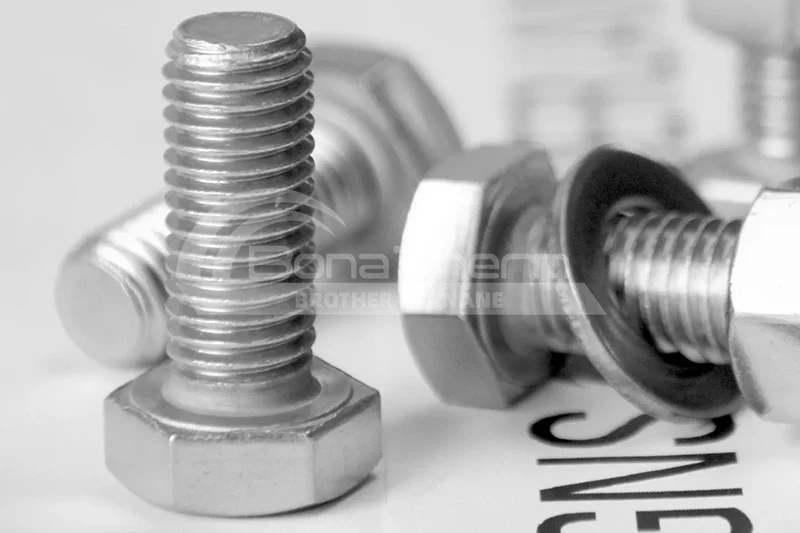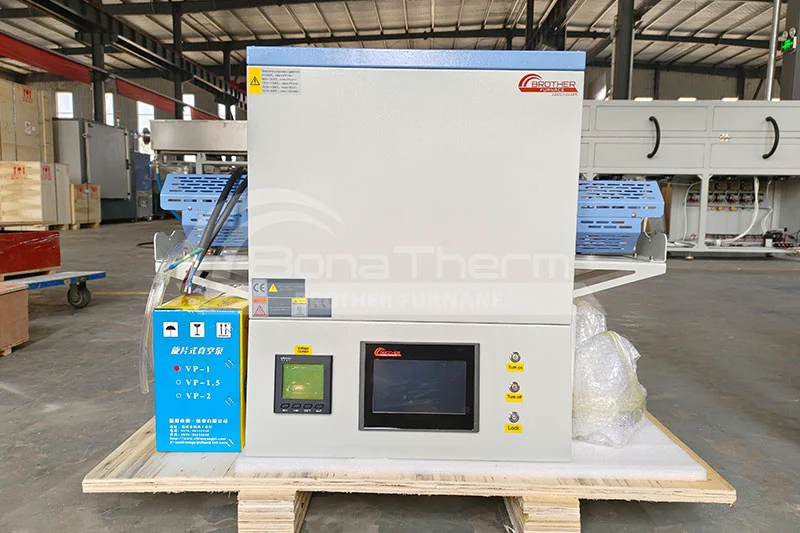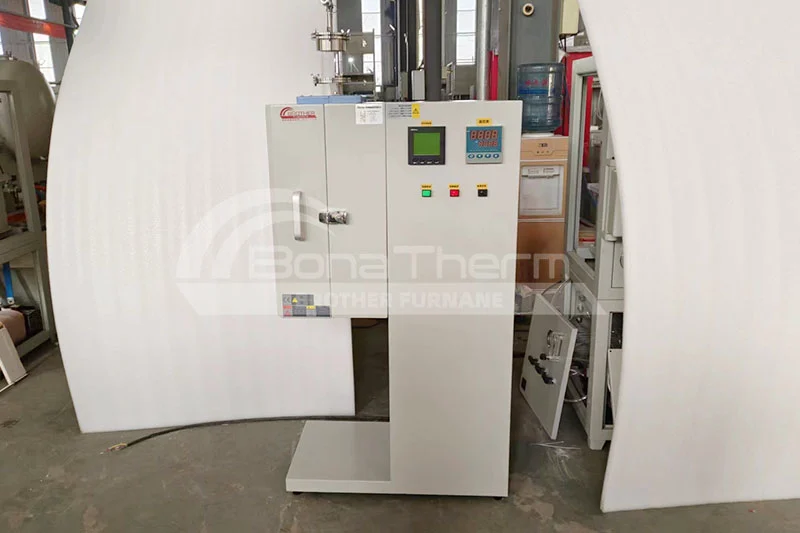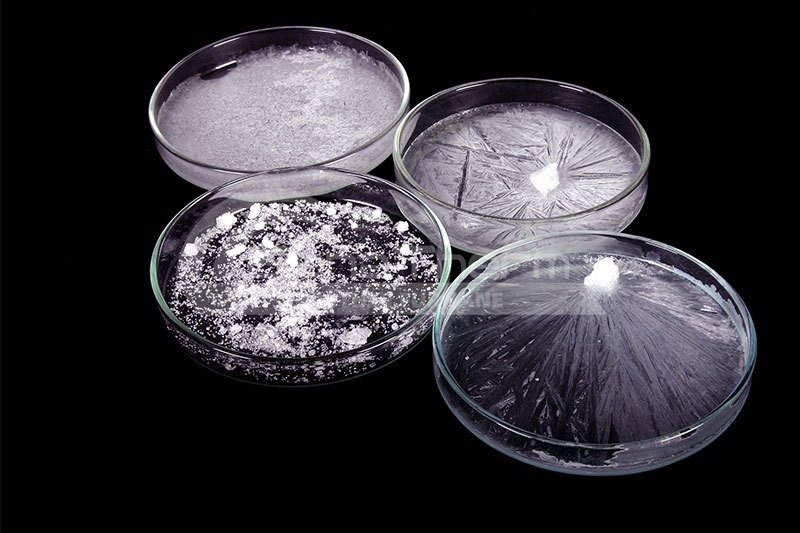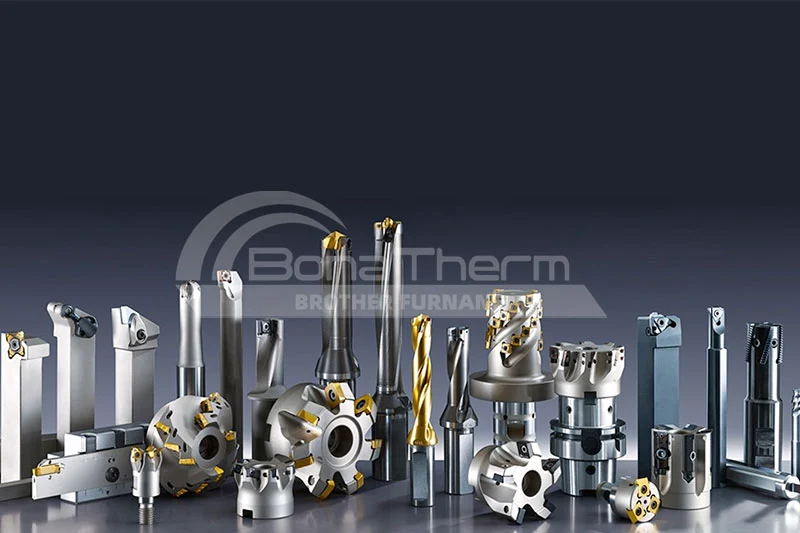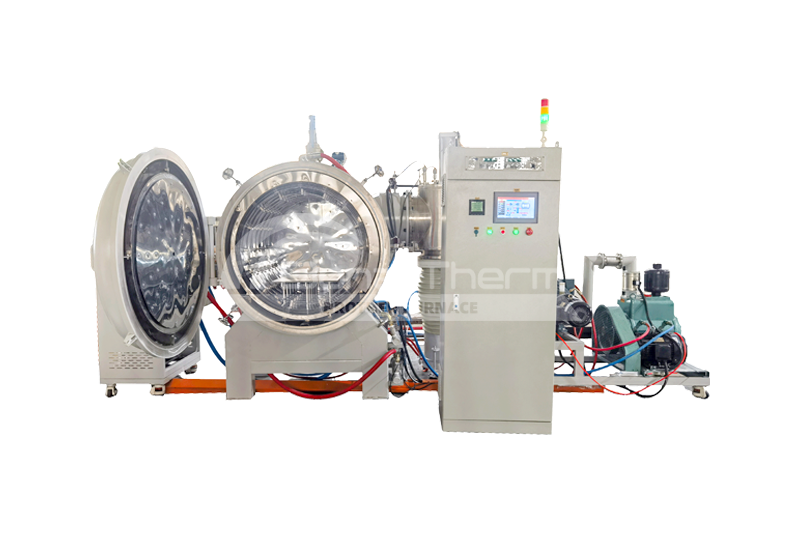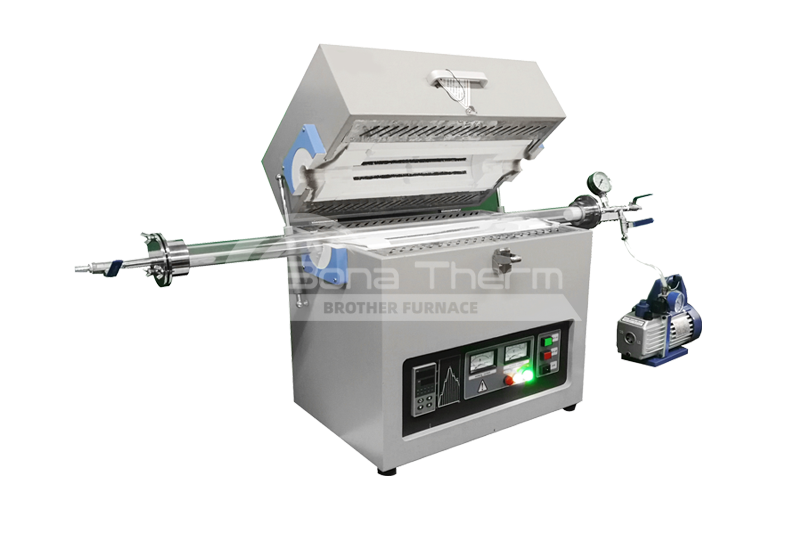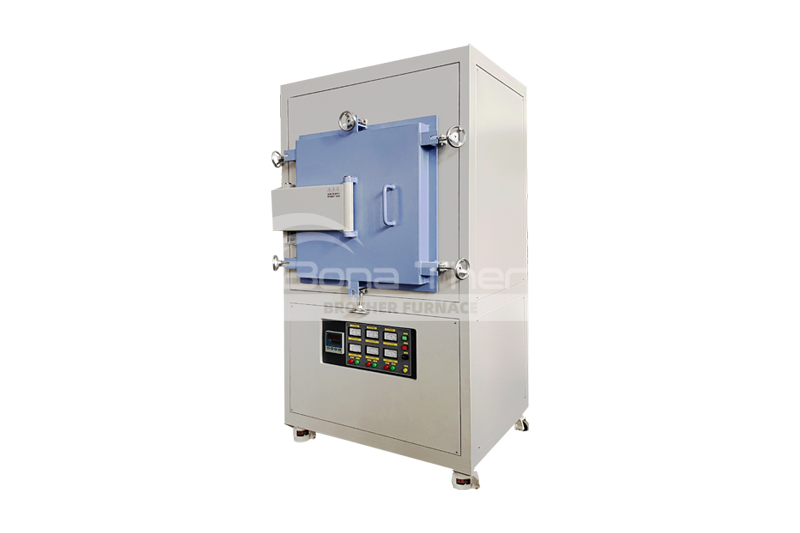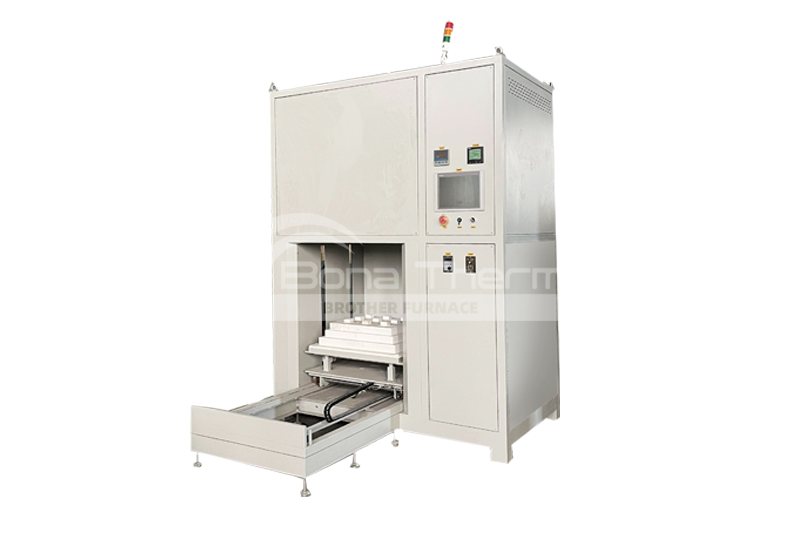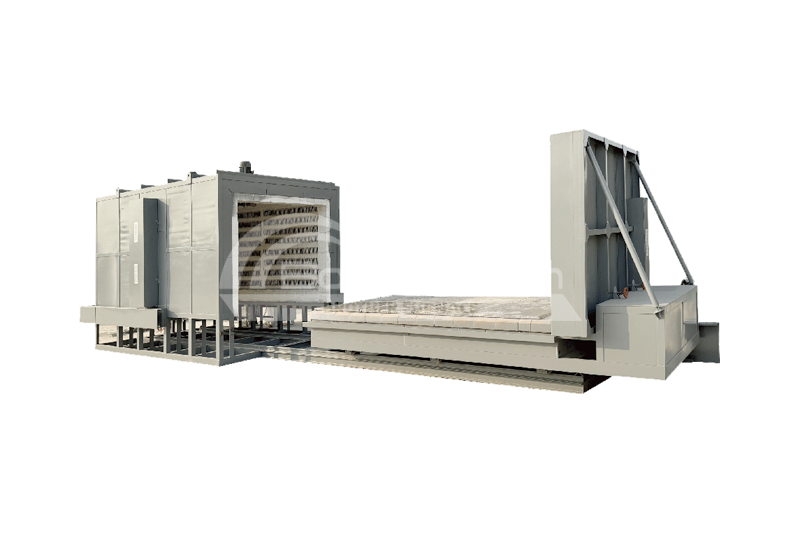-
What Types of Stainless Steel Are Used in Vacuum Brazing?
 BROTHER FURNACE
BROTHER FURNACE 22 Apr,2025
22 Apr,2025
Vacuum brazing is a high-efficiency, clean, and precise joining process widely used in modern manufacturing. Particularly when joining stainless steel components, vacuum brazing offers distinct advantages such as oxidation-free processing, high joint strength, and minimal deformation.
VIEW MORE >> -
Crystal Growth and Equipment Selection: Application of Vertical Tube Furnace
 BROTHER FURNACE
BROTHER FURNACE 03 Apr,2025
03 Apr,2025
Crystal growth is the process of forming single crystals or polycrystals through the controlled arrangement of atoms or molecules under specific temperature, atmospheric, and environmental conditions.
VIEW MORE >> -
2025 Tube Furnace Price and Purchasing Guide
 BROTHER FURNACE
BROTHER FURNACE 12 Mar,2025
12 Mar,2025
With the rapid advancements in industrial heat treatment, material research, and new energy technologies, the global demand for tube furnaces continues to rise.
VIEW MORE >> -
Applications of Tube Furnaces in Materials Science
 BROTHER FURNACE
BROTHER FURNACE 11 Mar,2025
11 Mar,2025
Materials science is a core driving force of technological development in the 21st century. From aerospace to renewable energy, from electronic devices to biomedical fields, breakthroughs in new materials are essential in almost every frontier domain.
VIEW MORE >> -
Application of Crystallization Technology in Tube Furnaces: From Principles to Practice
 BROTHER FURNACE
BROTHER FURNACE 25 Feb,2025
25 Feb,2025
Crystallization technology plays a pivotal role in optimizing material properties across fields such as materials science, semiconductor manufacturing, metallurgy, and renewable energy R&D.
VIEW MORE >> -
How Vacuum Brazing Furnaces are Redefining the Limits of Stainless Steel Manufacturing
 BROTHER FURNACE
BROTHER FURNACE 18 Feb,2025
18 Feb,2025
In manufacturing aerospace pipelines, medical devices, and nuclear equipment, the quality of the connections of stainless steel components directly determines the product's lifespan and safety.
VIEW MORE >>
- Home
- Products
- Vacuum Furnace
-
Muffle Furnace
- 200℃-1800℃ Laboratory Box Muffle Furnace
- Box Muffle Furnace up to 1200℃
- Box Muffle Furnace up to 1400℃
- Box Muffle Furnace up to 1700℃
- Box Muffle Furnace up to 1800℃
- Industrial Muffle Furnace
- Muffle Ashing Furnace
- Controlled Atmosphere Muffle Furnace
- Crucible Muffle Furnace
- Muffle Furnace with Observation Window
- Double Door Muffle Furnace
- Dental Muffle Furnace
- PC-Controlled Muffle Furnace
- Customized Box/Muffle Furnace
-
Tube Furnace
- Horizontal Tube Furnace
- Vertical Tube Furnace
- Rotary Tube Furnace
- Slide-Rapid Cooling Tube Furnace
- Vacuum Tube Furnace
- Laboratory Multi-Station Tube Furnace
- Steam Activation Tubular Furnace
- CVD/PECVD Tube Furnace
- (Double/three/five temperature zones)Multi-Temperature Zone Tube Furnace
- Double-Tube Tube Furnace
- Customized Tube Furnace
-
Atmosphere Furnace
- Atmosphere Furnace up to 1700℃
- Hydrogen Atmosphere Furnace
- External Heating Atmosphere Furnace
- Atmosphere Hot Press Furnace
- 1400°C Touchscreen Atmosphere Furnace (200×200×200 mm)
- Inert Atmosphere Furnace
- 1200°C Atmosphere Furnace (400×400×400 mm)
- Nitrogen Atmosphere Furnace
- 1400°C Atmosphere Furnace (300×300×300 mm)
- 1200°C Atmosphere Furnace (200×200×300 mm)
- Debinding and Sintering Furnace
- Lifting Bottom Furnace
- Bogie Hearth Furnace
- Dental Furnace
- Application
- Case
- Blog
- About
- Contact

